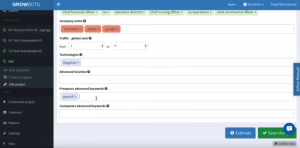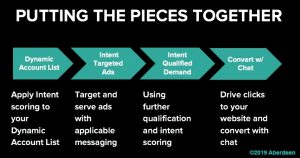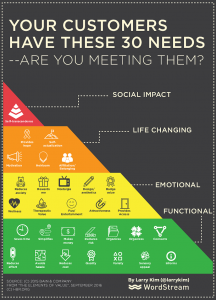The native content wars are heating up: Twitter recently announced it’s experimenting with 10,000-character feature-length tweets, which means that entire news articles could soon be displayed within the Twitter feed.
Which begs the question: how will full-length tweets impact digital publishers?
In the digital media industry, trends tend to emerge and fall within a short period of time, and it is difficult to predict which ones are here for the duration. However, for several reasons, it is clear that distributed content is here to stay:
1. Social as a Means for Content Discovery
Posting content to Facebook, Twitter, and other social platforms is one way that digital publishers can attract more attention — leading to clicks, shares, comments, likes, and more.
Parse.ly recently published a blog post about how publishers can ensure that social posts capture this potential audience. Tips included using data to understand different platform audiences; posting content often, and in different formats; and changing the headline of your posts for different social audiences.
2. The Dominance of Social Traffic as a Referral Source
In 2015, Parse.ly announced that social media brought in more referral traffic to top digital publishers than search across our platform of more than 400 digital publishers. In other words, distributing an article natively on third-party social platforms is one of the most effective ways for digital publishers to attract a larger audience.
On the other hand, social referrals lead to the fewest seconds of engaged time among readers — but that’s a story for another day.
3. Social Networks Maturing in their Monetization Strategies
From sponsored social posts to products such as Facebook’s famed Instant Articles, social networks are making money from publishers in more creative ways than ever before — offering publishers a boost in distribution, creatively designed displays, and other perks.
For these three reasons, it is clear that distributed content is here for the long haul. Yet, the major players remain to be seen. Right now, Facebook has the definitive lead. Google AMP, Snapchat Discover, and Apple News could be competitive, but we’ve yet to see one of these platforms dominate in the same way that Facebook does.
And the fact is that Facebook’s domination could be detrimental to digital publishers.
The sooner we see more players competing in the distributed content space, the more power will be placed in the hands of publishers. By allowing feature-length tweets, Twitter is making a move into this space — and attempting to increase engagement with its platform and become more competitive with the players above.
This may mean that more content “lives” on Twitter, but it is unlikely that the platform will have any more traction than Facebook right now. Further, because all platforms are vying for publishers’ content, the terms will probably be favorable to publishers.
For publishers, distributed content is a way to reach new audiences and to test new avenues of monetization. A key piece to the puzzle is making sure that these publishers have a clear understanding of their content and audience on these platforms, and how that parallels their own site.
Digital & Social Articles on Business 2 Community(55)
Report Post







